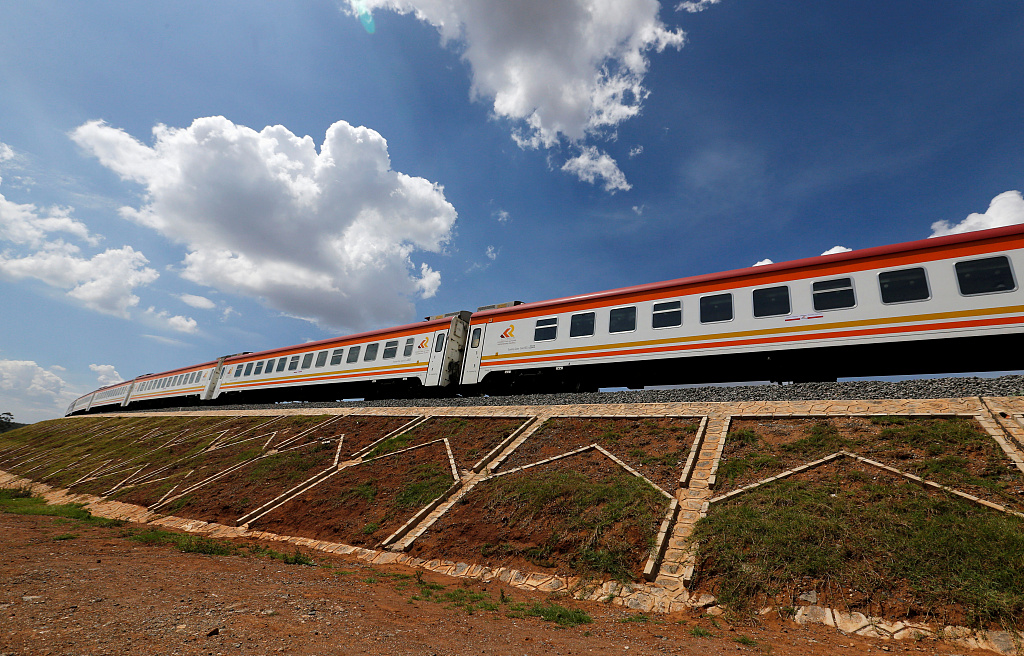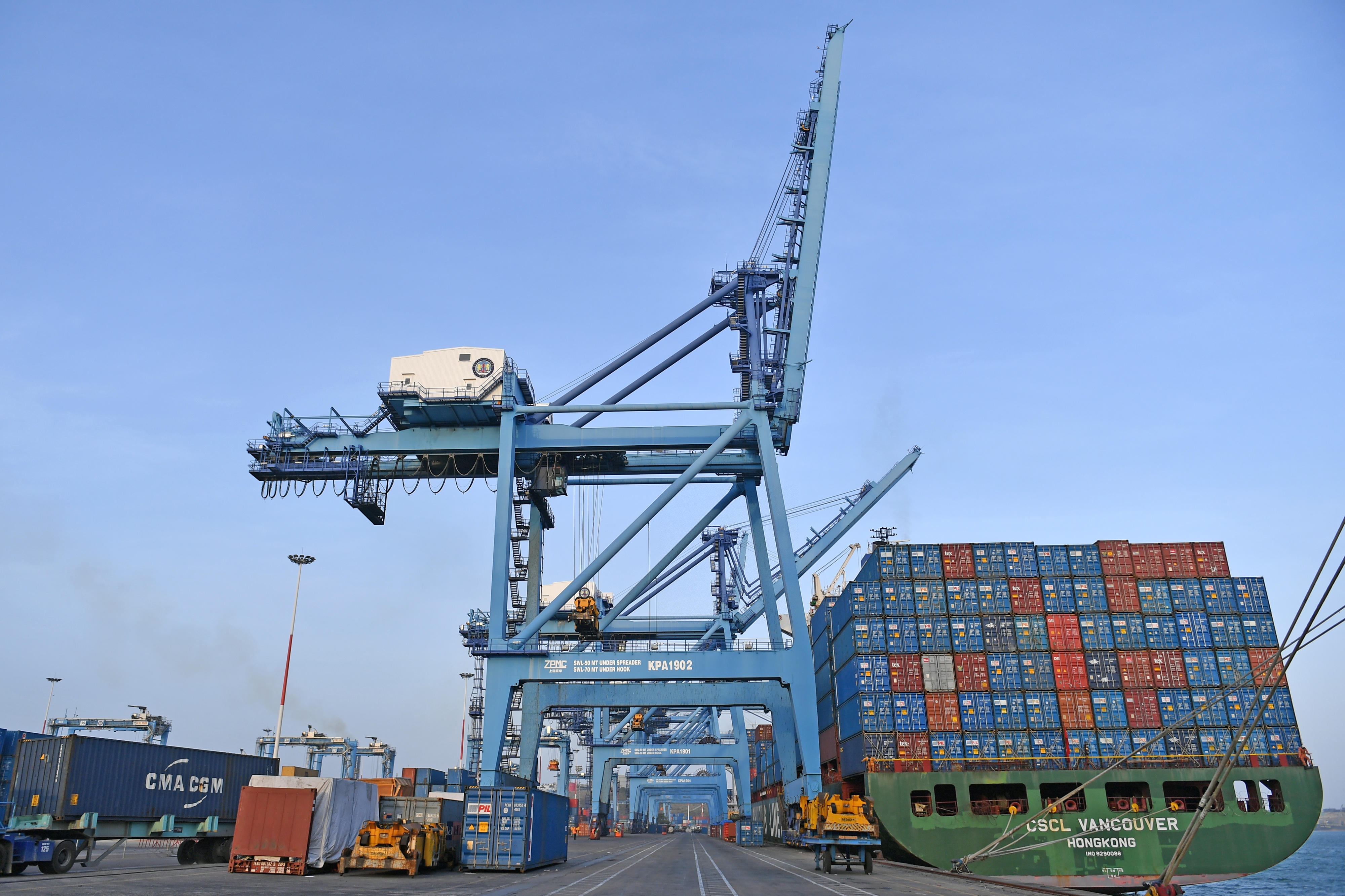New railway extension advances Kenya's journey to prosperity
- By Stephen Ndegwa
 0 Comment(s)
0 Comment(s) Print
Print E-mail China.org.cn, October 22, 2019
E-mail China.org.cn, October 22, 2019

The launch in Kenya of the Phase 2A Standard Gauge Railway (SGR) last week marks another phase in the vibrant China-Kenya partnership. The hard work and dedication of all involved has prevailed, and the 120-kilometer stretch of new railway is ready for use.
There is widespread consensus in Kenya that completion of the Nairobi-Naivasha section of the SGR will solidify the overarching aims and objectives of the project by offering affordable and efficient transportation, as well as by opening up the under-exploited domestic and international tourism circuit in the Rift Valley.
The newly launched railway extension is further expected to meet cultural, trade and economic needs for the broader East African community, comprising Kenya, Burundi, Rwanda, South Sudan, Tanzania and Uganda. Such development addresses the East African Masterplan, which falls in line with Kenya Vision 2030, including decongestion of Mombasa Port, revamping of road infrastructure and replacing old rail systems characterized by low-speed, creaky meter-gauge railway, obsolete facilities and low payload.
The commercial contract to build SGR Phase 2A between Kenya Railways and the China Communications Construction Company was signed in September 2015, followed by signing of the framework financing agreement between China and Kenya during the Johannesburg summit of the Forum on China-Africa Cooperation in December of the same year.

The benefits of the SGR for the Kenyan economy and the spillover effects are clear. The establishment of the SGR marks China and Kenya's partnership in the construction of the Mombasa Special Economic Zone and the Naivasha Industrial Park. With the development of the industrial chain from railway transportation, from port economy to industrial parks, the SGR will boost the country's GDP by an estimated 1.5%.
Additionally, the SGR project has cultivated business growth across sectors from transportation to cement, steel, oil, construction materials and equipment, and has brought economic benefit to small- and medium-sized companies as well.
The project has also carried growth to villages and towns along the line, sparking steady development of industries related to railway construction and gradually transforming the economic and industrial structure of the counties it traverses. The SGR's vision is to turn these previously struggling towns into prosperous commercial and trade distribution centers, thus accelerating urbanization in Kenya.
As a model of the cooperation forged under the framework of the Belt and Road Initiative, the SGR is truly "shaping a brighter shared future" in Kenya, just as the joint communique of the leaders' roundtable meeting of the Second Belt and Road Forum for International Cooperation released in April 2019 stated as its chief aim.
Moreover, the discovery of underground water during the digging of the tunnel between the counties of Ngong and Kajiado also showcases the potential of the project, as about 10,000 residents are expected to benefit from a 23-kilometer network of water distribution pipes now being laid to distribute this highly scarce resource throughout the area.
In short, the SGR will continue to support many Kenyan people in improving community facilities and in promoting local sustainable development through over 200 projects, such as road rehabilitation, bridge repair, home restoration, education and provision of water resources.
Stephen Ndegwa is a communication specialist and analyst on China-Africa affairs.
Opinion articles reflect the views of their authors only, not necessarily those of China.org.cn.
If you would like to contribute, please contact us at opinion@china.org.cn.






Go to Forum >>0 Comment(s)